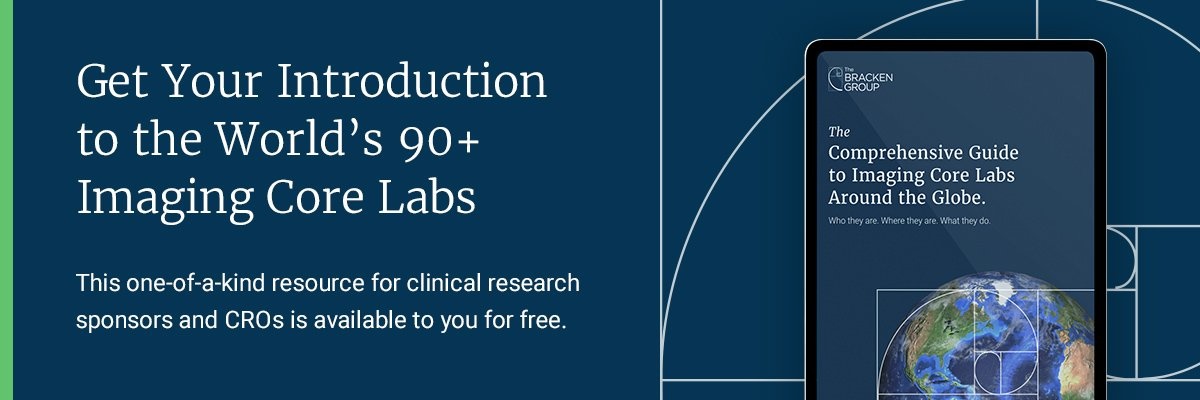The innovative EOS imaging system generates an x-ray of the whole body in 3D using a fraction of the radiation dose it would take to do this with conventional radiography or CT scans. This represents a major advancement in imaging and one that I expect we will see more of in the future.
The EOS imaging system is based on the work of Georges Charpak, who won the Nobel Prize for Physics in 1992. His work on high-energy particle physics led to the development of the multiwire proportional chamber that allowed physicists to detect one million particle events per second, as compared to only one hundred with previous equipment. This 1000x increases allowed faster detection of not only subatomic particles but also ionizing radiation, such as x-rays.
Dr. Charpak, in collaboration with a leading French orthopedic surgeon, Dr. Jean Dubousset, developed the EOS imaging system as a low-dose 2D/3D x-ray imager. The device received FDA 510(k) clearance in 2010.
Patients stand in the EOS machine, just like many of us do at an airport when passing through a backscatter x-ray screening machine. Standing allows the skeleton to be imaged in a weight-bearing posture. I think this is a very clever design that offers a significant advantage over current X-ray imaging systems.
There are two main features of this EOS x-ray imaging device that I find most attractive:
-
The very low radiation dose made possible by Dr. Charpak’s Nobel Prize-winning technological advances. This is always an advantage in imaging.
-
The use of slot-scanning technology and removal of beam divergence. This is a huge gain if one is trying to take length measurements such as leg length to measure growth velocity in children or vertebral height in adults or pediatric cases.
Many children with scoliosis or spinal curvature receive repeated x-rays over a number of years. Research has shown a significant trend for increased risk of breast cancer associated with radiation exposure and cumulative radiation dose in young female patients with scoliosis. According to the EOS company brochure, the EOS imaging system radiation dosage is up to 100x less than computed tomography (CT) scanners, and 6-9 times less than computed radiography (CR).
In a medical world where cumulative exposure to diagnostic imaging is increasing for all of us, a machine that offers a very low radiation dose is a significant advantage especially for those with scoliosis, kyphosis, or congenital deformities of the spine or hips.
Overall, EOS is an innovative technology and I expect we will see more machines at specialist centers that deal with spinal abnormalities and at children’s hospitals, where long-term radiation exposure is a big concern.
